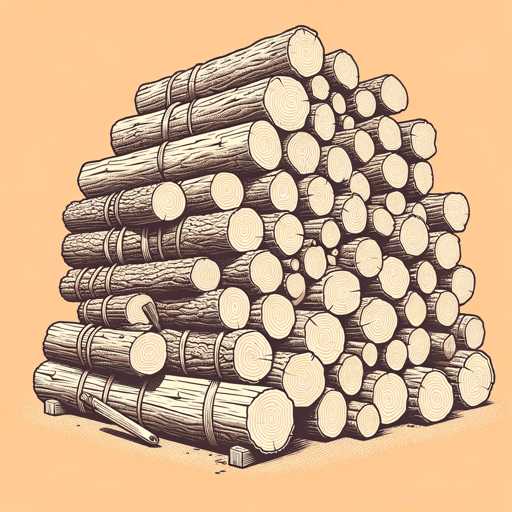20 pages • 40 minutes read
Robert FrostOut, Out—
Fiction | Poem | Adult | Published in 1916A modern alternative to SparkNotes and CliffsNotes, SuperSummary offers high-quality Study Guides with detailed chapter summaries and analysis of major themes, characters, and more.
Symbols & Motifs
The Buzz Saw
The buzz saw in “‘Out, Out—’” is a complex symbol. Most basically, its capacity to inflict serious and deadly injuries—as shown in the narrative—symbolizes sudden and violent death. Yet even before the injury, the association between the saw and death is hinted by the mention that the saw “made dust” (Line 2) because of the traditional association between dust and death. More conceptually, the saw represents the encroachment of the industrial world into the agricultural domain; by extension, then, the saw represents the threat to tradition by innovation. Also, since the saw “snarl[s] and rattle[s]” (Line 1)—that is, sounds both animal and mechanical, like something it is and is not—it epitomizes the poetic tension between figurative and literal representation.
The Boy
The poem’s symbolic message relies on the fact that it is a child, not an adult, who dies. Traditionally, youth represents innocence. Yet notice this is a “big boy / Doing a man’s work, though a child at heart” (Lines 23-24). In other words, while still very much an innocent, we know it is a matter of time before he is an adult and no longer an innocent. As lamentable as that circumstance may be, still worse is the loss of life even before innocence is lost, which is the case of this boy.
Related Titles
By Robert Frost
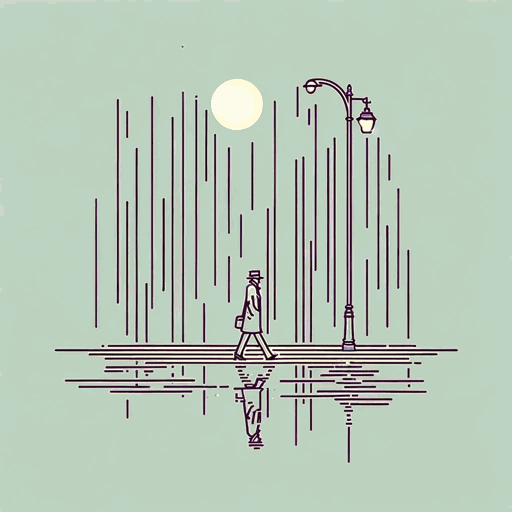
Acquainted with the Night
Robert Frost
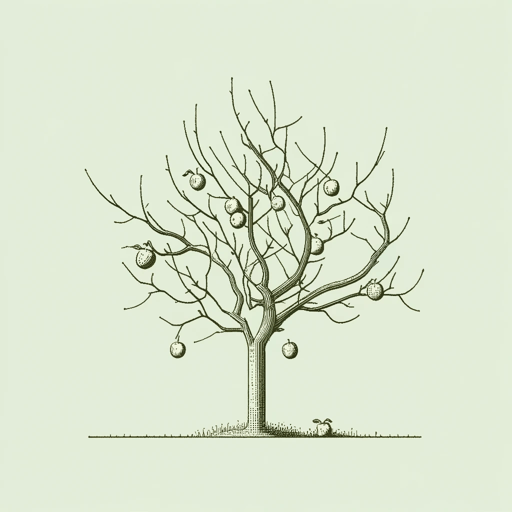
After Apple-Picking
Robert Frost
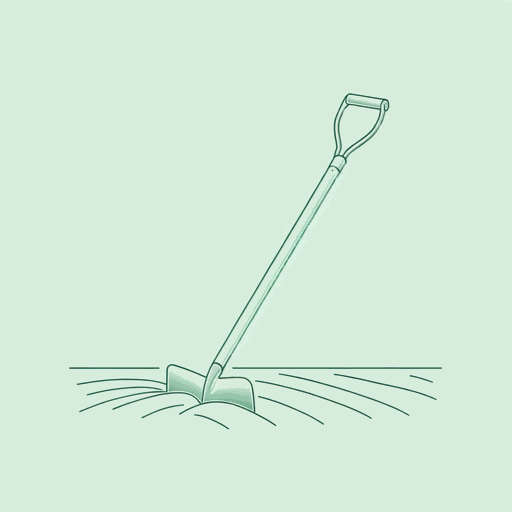
A Time To Talk
Robert Frost
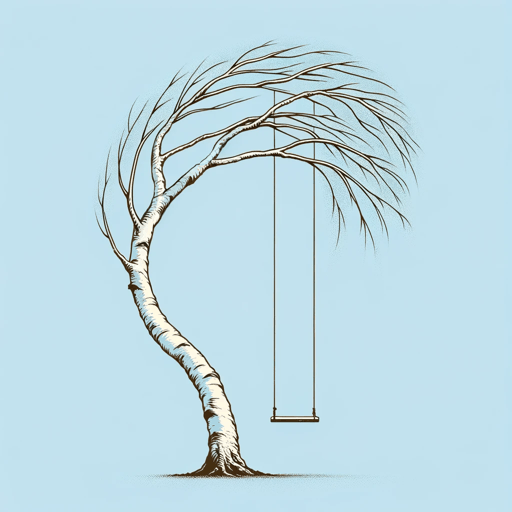
Birches
Robert Frost
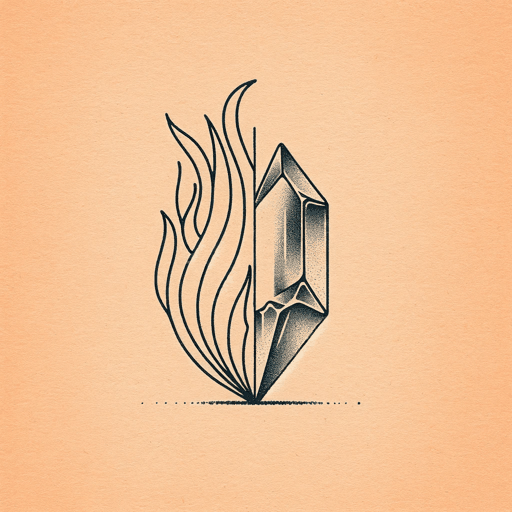
Fire and Ice
Robert Frost
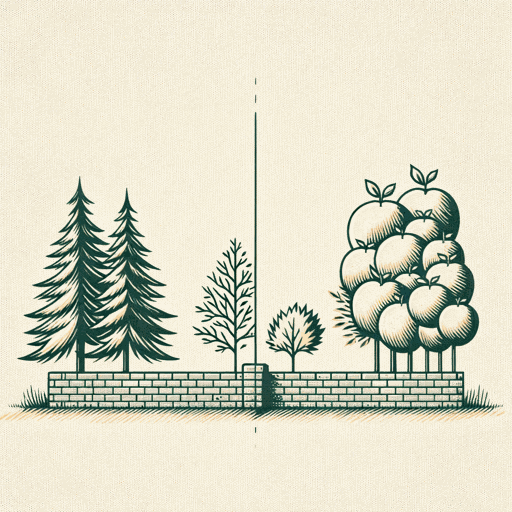
Mending Wall
Robert Frost

Nothing Gold Can Stay
Robert Frost

October
Robert Frost

Once by the Pacific
Robert Frost

Putting in the Seed
Robert Frost
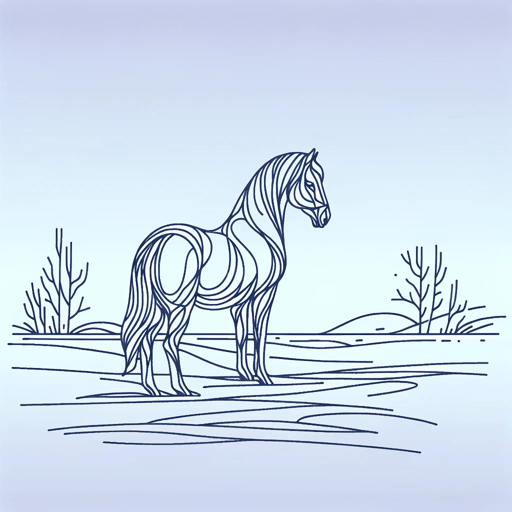
Stopping By Woods On A Snowy Evening
Robert Frost
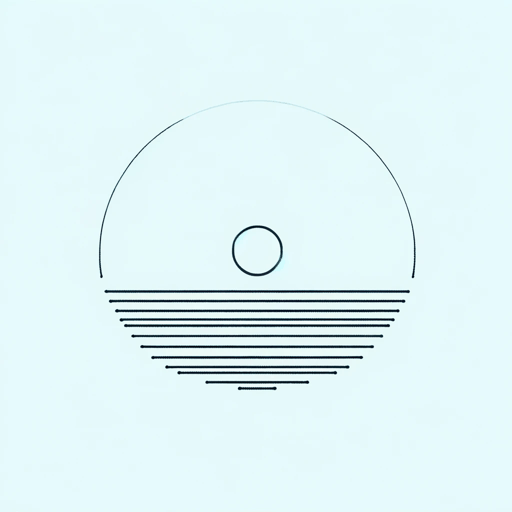
The Death of the Hired Man
Robert Frost

The Gift Outright
Robert Frost
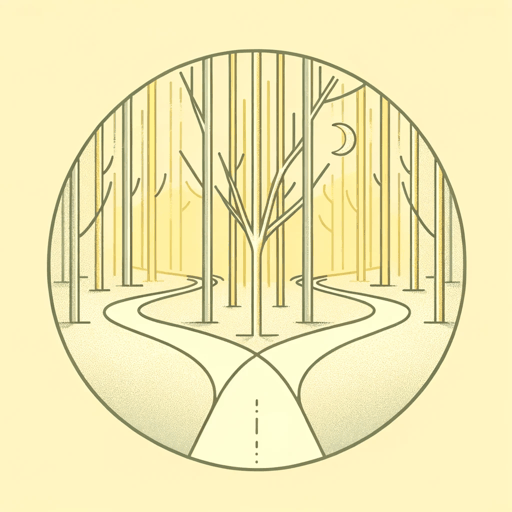
The Road Not Taken
Robert Frost
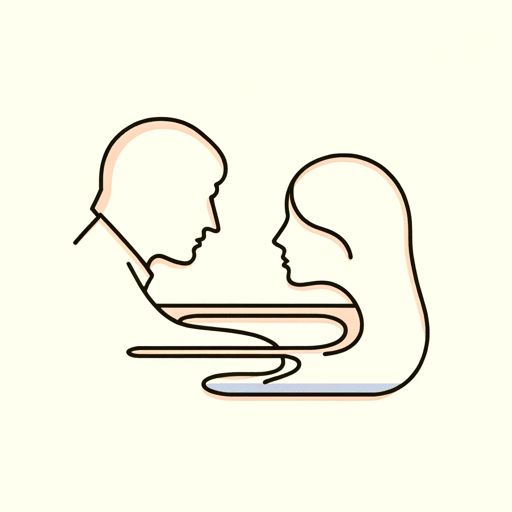
West-Running Brook
Robert Frost
